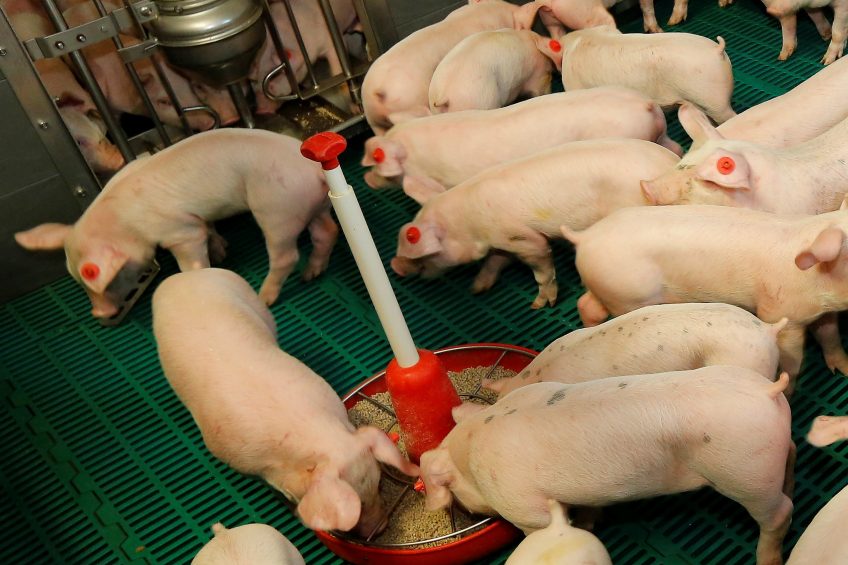Humic acids in feed lead to better weaner performance

Just-weaned piglets thrive when humic acids are added to their diets.
That conclusion was drawn by researchers from the Osnabrück University of Applied Sciences, as reported by the German publication Wochenblatt für Landwirtschaft und Landleben.
Higher feed intake and ADG
The researchers found that the weaner pigs consuming feed which included humic acids, ate 4.9% more feed (741 vs 706 g/day) than the control group. In addition, they achieved a 4.7% higher daily growth (479 vs 457 g/day) than the control group. The results were statistically significant, and as a consequence of the higher growth rates, the animals weighed 1 kg more than the control group when the animals were sold at the age of 48 days.
What are humic acids?
Humic acids (also known as humic substances) are organic compounds that are important components of humus, the major organic fraction of soil, peat and coal. Although they never a homogenous set of components, humic acids are known for having e.g. anti-inflammatory and immunity effects.
The researchers conducted the trial with 336 weaned piglets on a farm in northern Germany by the beginning of 2017. They formed two groups, both received identical diets, but one had humic acids added to their feed; the other formed the control group. Pens were formed with 14 male and 14 female piglets every time.
More research from Germany: what can silage in liquid pig diets do for finishers?
Pig diet formulation with humic acids
The weaned piglets in the ‘humic acid’ group received 0.3% of a humic acid product in starter feed 1, and 0.2% in both starter feeds 2 and 3. The humic acid product (WH67) was made by the German company Gites.
One other remarkable observation the researchers did was that the ‘humic acid’ group only had 2.4% injuries. The researchers noted that they could not explain whether or not the humic acids had an influence on the origin of injuries or necrosis.











